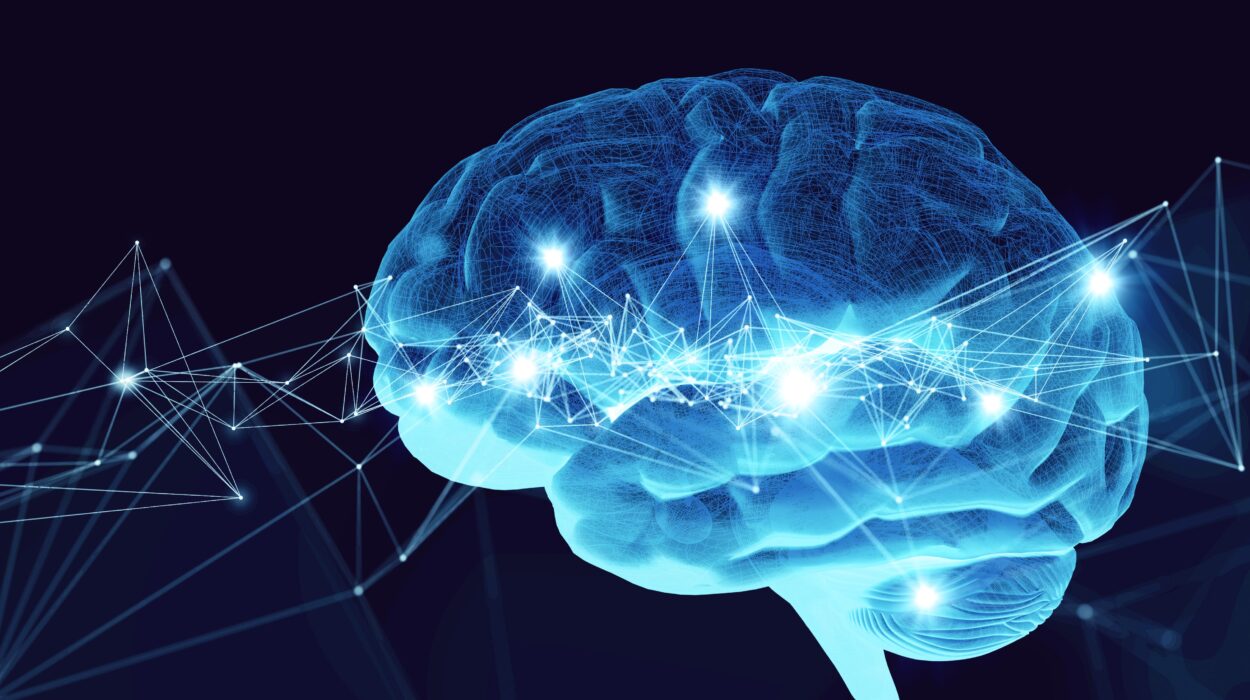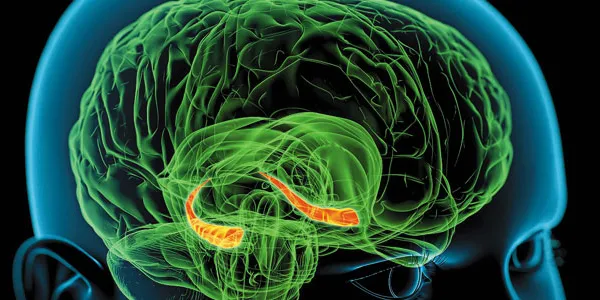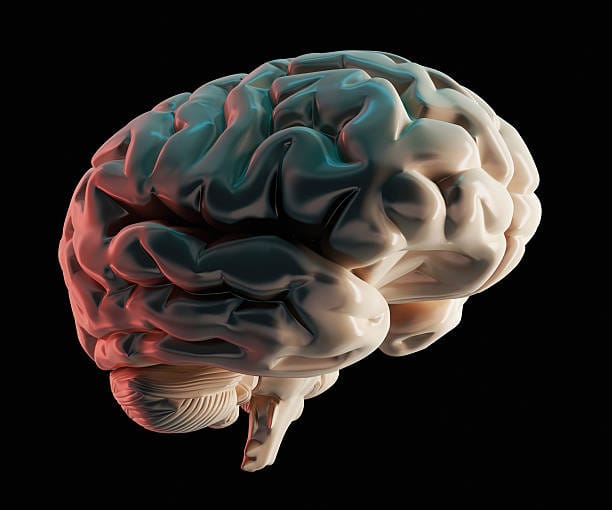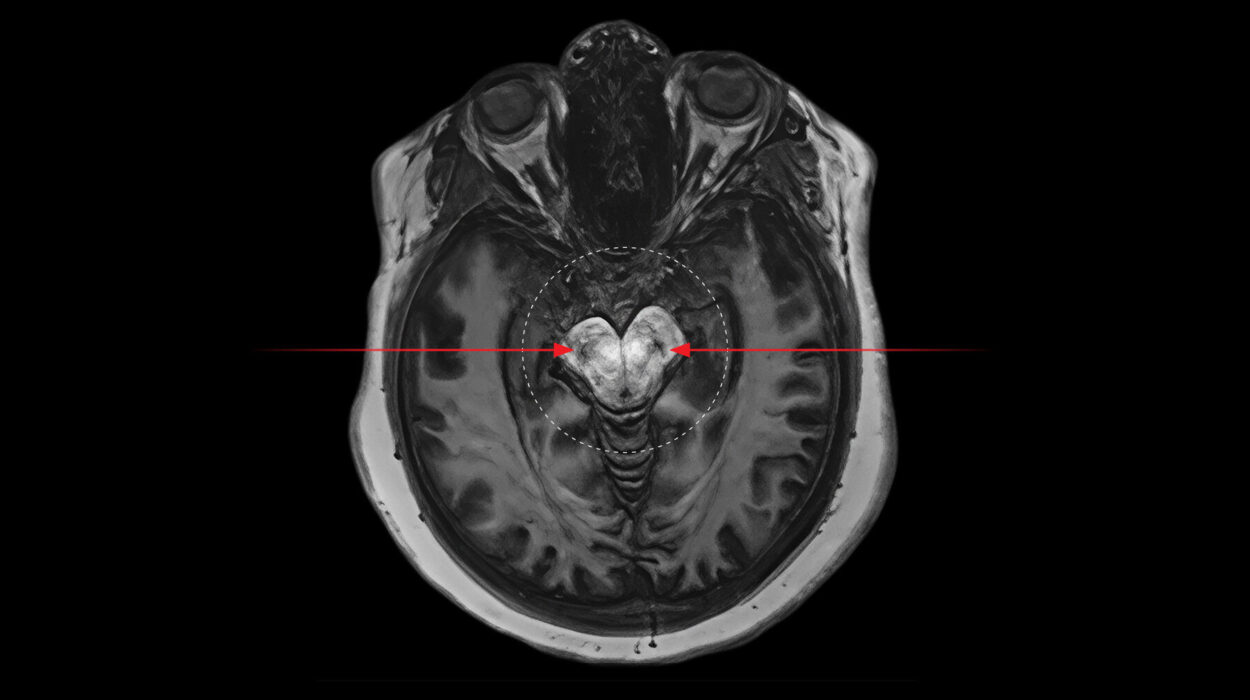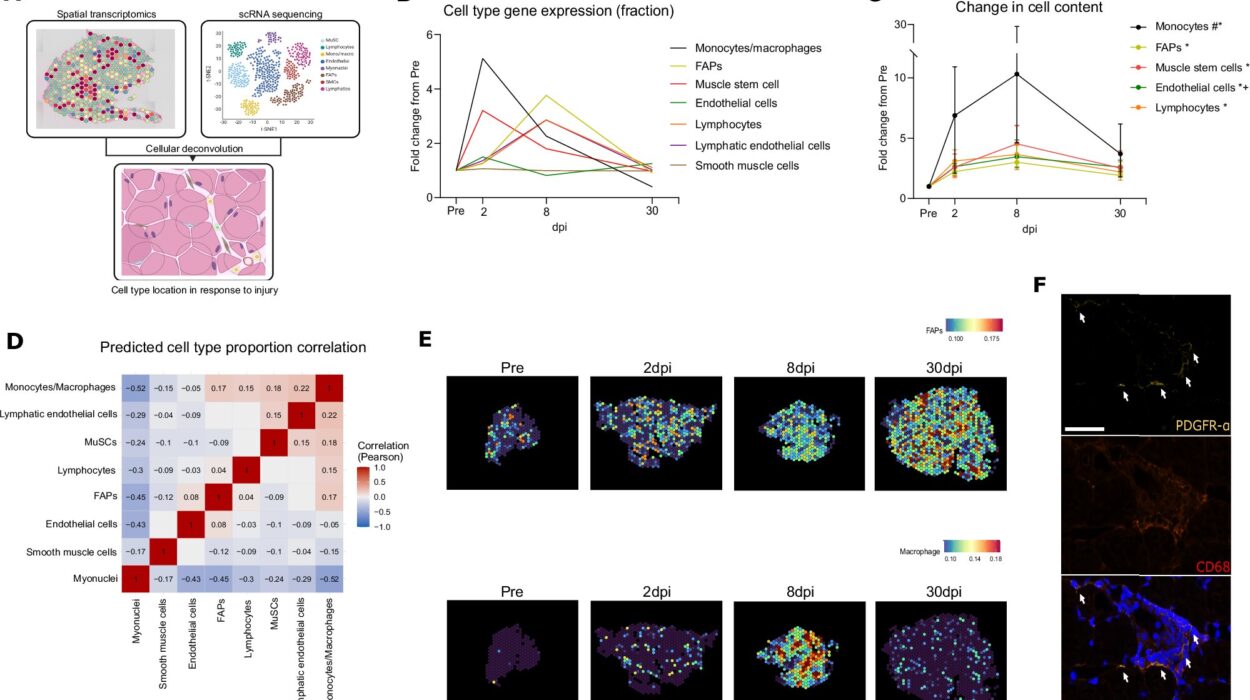Mood is one of the most intimate and mysterious aspects of human experience. At any given moment, we find ourselves buoyed by joy, clouded by sadness, or balanced in calm neutrality. These fluctuations feel deeply personal and yet strangely elusive to articulate. What underlies these ephemeral waves of feeling? How does the brain—a complex organ weighing barely three pounds—create the vast spectrum of human emotion?
The answer lies within the subtle dance of chemicals inside our brains. These molecules, often called neurotransmitters, act as messengers that shuttle signals between billions of neurons, shaping how we perceive, react, and ultimately feel. Brain chemistry is the unseen composer of our mood’s symphony, influencing everything from fleeting happiness to chronic depression.
This article will journey into the intricate connection between brain chemistry and mood, revealing how biological, psychological, and environmental factors intertwine. As we unravel this link, the story is one not just of science but of human resilience, vulnerability, and the quest to understand what makes us truly alive.
The Architecture of Emotion: Understanding Brain Chemistry
To comprehend the link between brain chemistry and mood, it is crucial to start with the basics: what brain chemistry entails. The brain is a network of approximately 86 billion neurons, each connected to thousands of others through synapses. Neurons communicate via electrical impulses, but this communication depends heavily on chemical messengers called neurotransmitters.
These neurotransmitters cross the tiny synaptic gap between neurons, binding to specialized receptors and triggering responses that can excite or inhibit neural activity. The balance, concentration, and receptor sensitivity to these chemicals dramatically affect brain function, influencing cognition, behavior, and mood.
Among the myriad neurotransmitters, several have been intensely studied for their role in mood regulation: serotonin, dopamine, norepinephrine, gamma-aminobutyric acid (GABA), and glutamate. Each has unique properties, pathways, and effects, but together they form a dynamic chemical ecosystem that keeps our mental state in flux.
Serotonin: The Guardian of Emotional Stability
Serotonin often emerges in discussions about mood, sometimes called the “feel-good” neurotransmitter. It plays a pivotal role in regulating mood, anxiety, and happiness, as well as sleep, appetite, and pain perception. Its influence extends widely across the brain, particularly in areas such as the limbic system, which governs emotions.
The production of serotonin begins in the brainstem, specifically the raphe nuclei, where neurons synthesize it from the amino acid tryptophan obtained through diet. From here, serotonin neurons send projections throughout the brain, modulating circuits that underpin mood and emotional processing.
A deficit or imbalance of serotonin has been linked to depression and anxiety disorders. This connection is supported by the effectiveness of selective serotonin reuptake inhibitors (SSRIs), a class of antidepressants that increase serotonin availability in the brain by preventing its reabsorption into neurons. While SSRIs have helped millions, serotonin’s role in mood is complex—it is neither a singular cause of happiness nor a straightforward solution to depression, but a crucial piece of a larger puzzle.
Dopamine: The Messenger of Reward and Motivation
If serotonin guards emotional stability, dopamine is the herald of pleasure, reward, and motivation. Often dubbed the brain’s “reward chemical,” dopamine’s release signals that something valuable has occurred—whether it’s eating delicious food, achieving a goal, or receiving social approval.
Dopamine pathways originate mainly in the midbrain areas like the ventral tegmental area (VTA) and substantia nigra, projecting to brain regions such as the nucleus accumbens and prefrontal cortex. This circuitry is fundamental to the brain’s reward system and influences not only pleasure but also learning, focus, and motor control.
Alterations in dopamine signaling are implicated in mood disorders, addiction, and schizophrenia. In depression, for instance, diminished dopamine activity can lead to anhedonia—the inability to feel pleasure—contributing to feelings of emptiness and hopelessness. Understanding dopamine’s role helps explain why motivation and mood are so closely intertwined.
Norepinephrine: The Catalyst of Alertness and Stress
Norepinephrine, also known as noradrenaline, acts as both a neurotransmitter and a hormone, playing a critical role in the brain’s response to stress and arousal. It originates in the locus coeruleus of the brainstem and influences areas involved in attention, vigilance, and mood regulation.
In times of perceived danger or challenge, norepinephrine floods the system, heightening alertness and preparing the body for “fight or flight.” While this response is vital for survival, chronic overactivation or dysregulation of norepinephrine systems can contribute to anxiety, irritability, and mood disorders.
The interplay between norepinephrine and other neurotransmitters shapes how we experience stress emotionally. Treatments targeting norepinephrine pathways, such as certain antidepressants, underscore its importance in mood regulation.
GABA and Glutamate: The Yin and Yang of Brain Chemistry
Balance is essential in the brain, and nowhere is this clearer than in the relationship between GABA and glutamate, the primary inhibitory and excitatory neurotransmitters, respectively.
GABA calms neural activity, preventing overexcitement and promoting relaxation, while glutamate excites neurons, facilitating learning and memory. Their delicate balance ensures that brain activity remains neither too suppressed nor too chaotic.
Disturbances in GABA or glutamate systems have been linked to mood disorders, including depression, anxiety, and bipolar disorder. For instance, low GABA levels can cause increased anxiety and restlessness, while excessive glutamate may lead to neurotoxicity and mood instability.
The therapeutic effects of medications like benzodiazepines, which enhance GABA’s inhibitory action, illustrate how manipulating these systems can modulate mood and anxiety.
The Brain’s Emotional Hubs: Limbic System and Beyond
Neurotransmitters do not act in isolation; their effects unfold within a complex neuroanatomical landscape. The limbic system—comprising structures like the amygdala, hippocampus, and hypothalamus—is central to emotion and memory.
The amygdala acts as the brain’s emotional alarm bell, processing fear, threat, and emotional salience. It is highly sensitive to neurotransmitters like serotonin and norepinephrine. The hippocampus, critical for forming memories, is influenced by stress hormones and neurotransmitter levels, linking emotion to memory.
Beyond the limbic system, the prefrontal cortex governs higher-order functions such as decision-making, self-control, and emotional regulation. Neurochemical balance in these areas determines how well we can manage mood swings and respond to emotional challenges.
The Dance of Hormones: Beyond Neurotransmitters
Mood is shaped not only by neurotransmitters but also by hormones—chemical messengers that travel through the bloodstream. The hypothalamic-pituitary-adrenal (HPA) axis, a key stress response system, releases cortisol, often called the “stress hormone.”
Acute stress triggers cortisol release, mobilizing energy and sharpening focus. However, chronic stress leads to prolonged cortisol elevation, which can impair hippocampal function and disrupt neurotransmitter systems, contributing to mood disorders.
Sex hormones like estrogen, progesterone, and testosterone also influence mood, which is evident in phenomena such as premenstrual syndrome (PMS), postpartum depression, and mood changes during menopause.
The interaction between hormones and brain chemistry creates a dynamic, fluctuating internal environment that profoundly affects our emotional landscape.
The Genetic Blueprint: How Inherited Traits Shape Brain Chemistry
The biochemical pathways of mood regulation have a genetic foundation. Variations in genes encoding neurotransmitter receptors, transporters, and enzymes influence individual susceptibility to mood disorders.
For example, polymorphisms in the serotonin transporter gene (5-HTTLPR) affect serotonin reuptake efficiency and have been associated with depression risk, especially under environmental stress. Similarly, genes regulating dopamine function can impact susceptibility to addiction and mood instability.
While genetics provide the blueprint, they interact continuously with environmental influences, meaning that inherited risks are not destiny but modifiable through lifestyle, therapy, and social support.
Environment and Experience: Shaping Brain Chemistry Across the Lifespan
Brain chemistry is not static. It is shaped and reshaped by our experiences from infancy through adulthood. Early life stress, trauma, and neglect can alter neurotransmitter systems and brain development, increasing vulnerability to mood disorders later in life.
Conversely, positive experiences such as nurturing relationships, exercise, and mindfulness can enhance neurochemical balance and resilience.
The brain’s remarkable plasticity means that even in adulthood, interventions can recalibrate chemistry and improve mood. This understanding fuels therapeutic approaches from psychotherapy to lifestyle changes and pharmacology.
When Brain Chemistry Goes Awry: The Biology of Depression and Anxiety
Mood disorders represent disruptions in the delicate neurochemical equilibrium. Depression is not simply sadness but a complex syndrome involving altered neurotransmission, neuroinflammation, and hormonal dysregulation.
Research shows that in depression, serotonin, dopamine, and norepinephrine signaling may be impaired. Additionally, glutamate excitotoxicity and reduced neurogenesis in the hippocampus contribute to symptoms.
Anxiety disorders often involve heightened norepinephrine activity and diminished GABA function, leading to excessive arousal and worry.
Understanding these biological underpinnings has transformed psychiatry from a field based on observation alone to one rooted in neuroscience, opening new avenues for treatment.
The Power and Limits of Medication
Pharmacotherapy has revolutionized the treatment of mood disorders by targeting brain chemistry. Antidepressants like SSRIs, serotonin-norepinephrine reuptake inhibitors (SNRIs), and atypical agents adjust neurotransmitter availability, helping restore balance.
However, medication is not a magic bullet. Response rates vary, side effects can be challenging, and the delay between starting medication and feeling better is often frustrating. This underscores the complexity of mood regulation and the fact that brain chemistry is only one piece of the puzzle.
Many patients benefit from combined approaches integrating medication with psychotherapy, lifestyle modifications, and social support.
Emerging Frontiers: Novel Treatments and Brain Chemistry
The last decade has witnessed exciting advances in understanding and treating mood disorders. Research into ketamine and psychedelics like psilocybin reveals new mechanisms, such as rapid modulation of glutamate pathways and promotion of neuroplasticity.
These treatments offer hope for those with treatment-resistant depression, working in ways distinct from traditional medications. They also highlight the brain’s extraordinary capacity for change.
Other novel approaches include transcranial magnetic stimulation (TMS) and deep brain stimulation (DBS), which directly influence neural circuits involved in mood.
These innovations promise a future where treatment is more personalized, effective, and rooted in a profound understanding of brain chemistry.
The Role of Lifestyle: How Diet, Exercise, and Sleep Influence Mood Chemistry
Beyond pharmaceuticals, daily habits significantly impact brain chemistry and mood. Nutrition provides the building blocks for neurotransmitters; deficiencies in vitamins like B6, B12, and folate can impair synthesis.
Exercise stimulates the release of endorphins, dopamine, serotonin, and growth factors, boosting mood and cognitive function. Sleep, often disrupted in mood disorders, is vital for neurotransmitter replenishment and emotional processing.
The science of epigenetics shows how lifestyle choices can influence gene expression, further intertwining environment and biology.
The Emotional Mind: Bridging Science and Subjective Experience
While brain chemistry provides the biological substrate for mood, it is crucial to remember that emotions are deeply personal experiences. The same chemical balance can feel different depending on psychological interpretation, cultural context, and individual history.
Mindfulness and psychotherapy help cultivate awareness and new ways of relating to mood states, empowering people to navigate their emotional worlds with greater skill and compassion.
This integration of science and subjective experience is the heart of modern mental health care.
Conclusion: The Ongoing Journey to Understand Mood and Brain Chemistry
The link between brain chemistry and mood reveals a profound truth: our feelings are both deeply biological and intricately human. They emerge from the silent dance of molecules and electrical impulses yet are colored by our memories, relationships, and hopes.
Science has illuminated much about this link, from the roles of serotonin and dopamine to the impact of genetics and environment. Yet mysteries remain. How exactly do these chemicals create consciousness and self-awareness? How can we better harness this knowledge to heal emotional pain and foster well-being?
As research advances, we are reminded that understanding mood is not just a scientific endeavor but a human one. It invites us to embrace complexity, vulnerability, and hope—and to celebrate the remarkable organ that allows us to feel, think, and dream.

